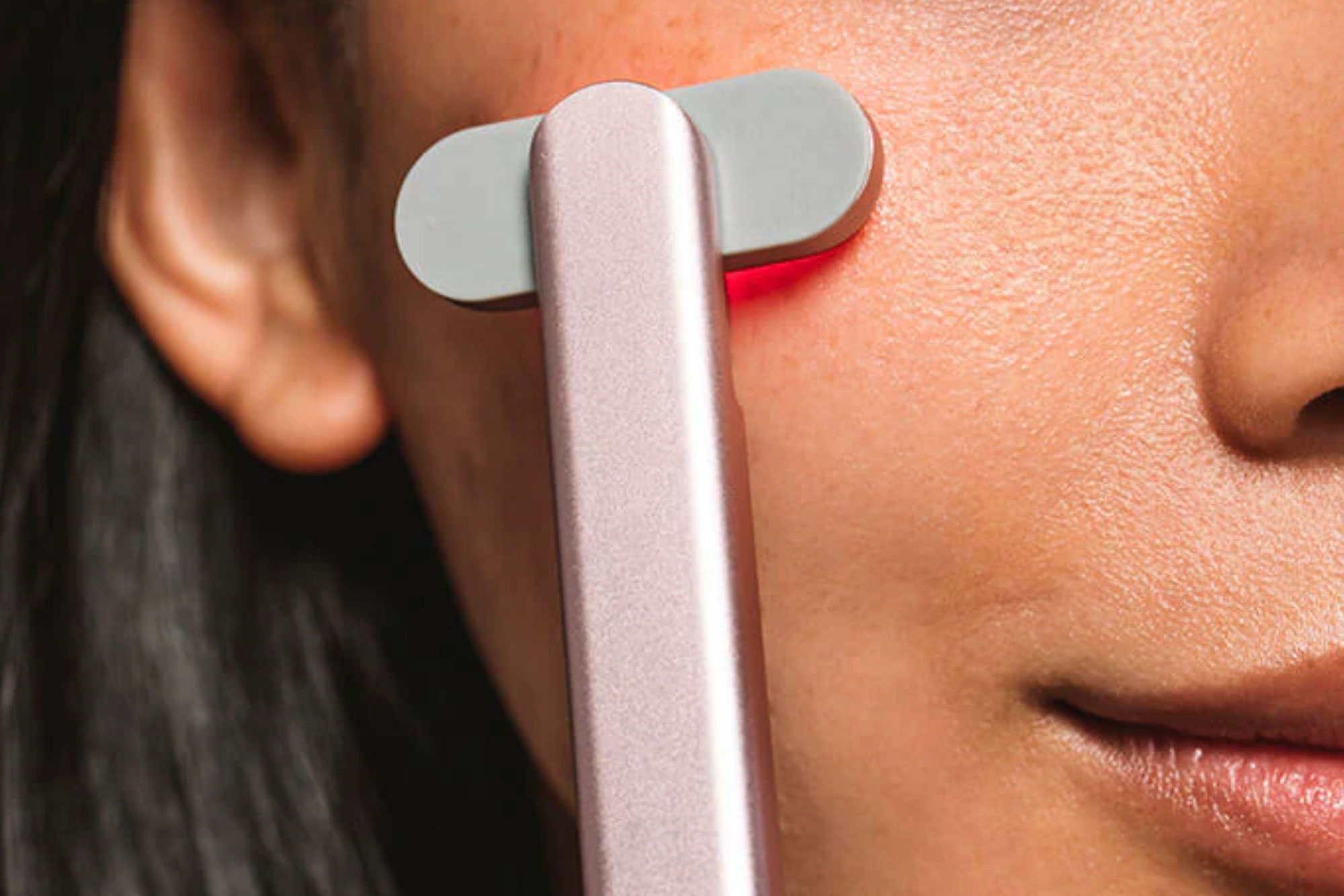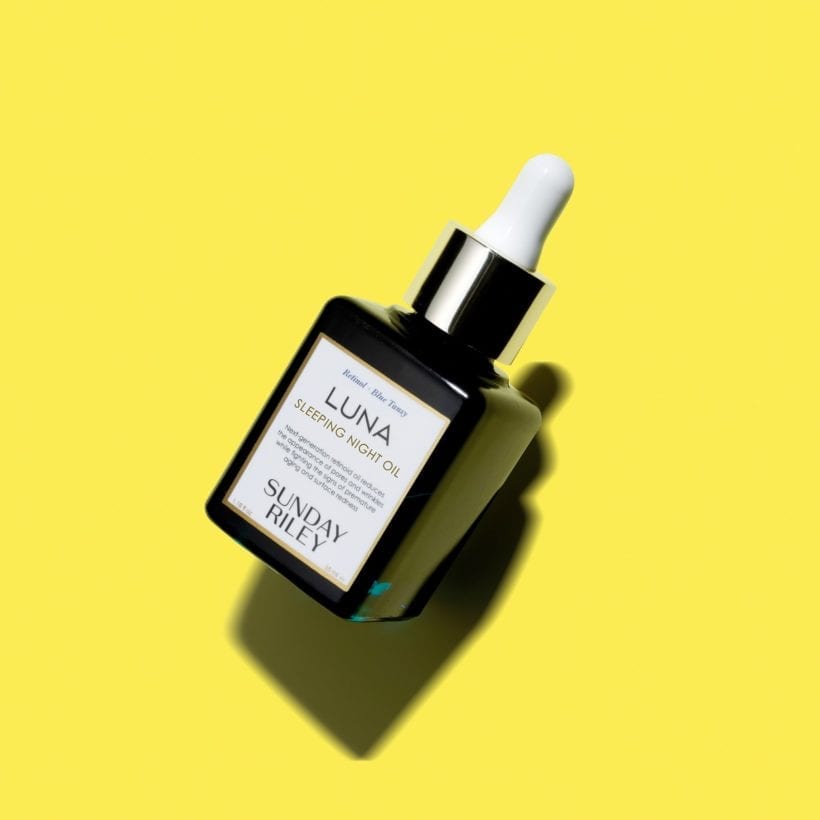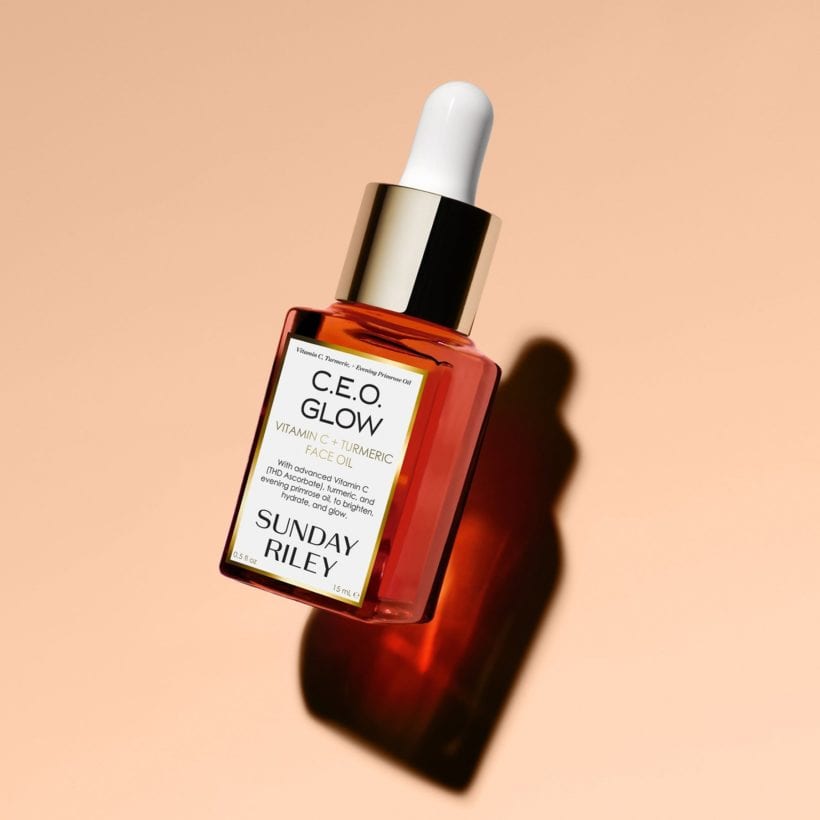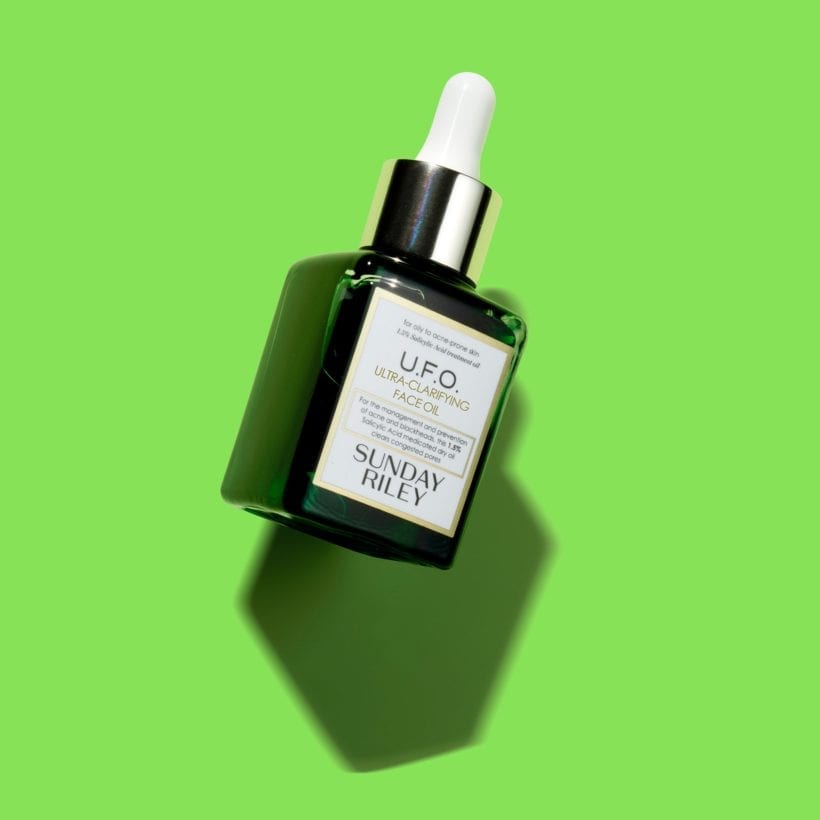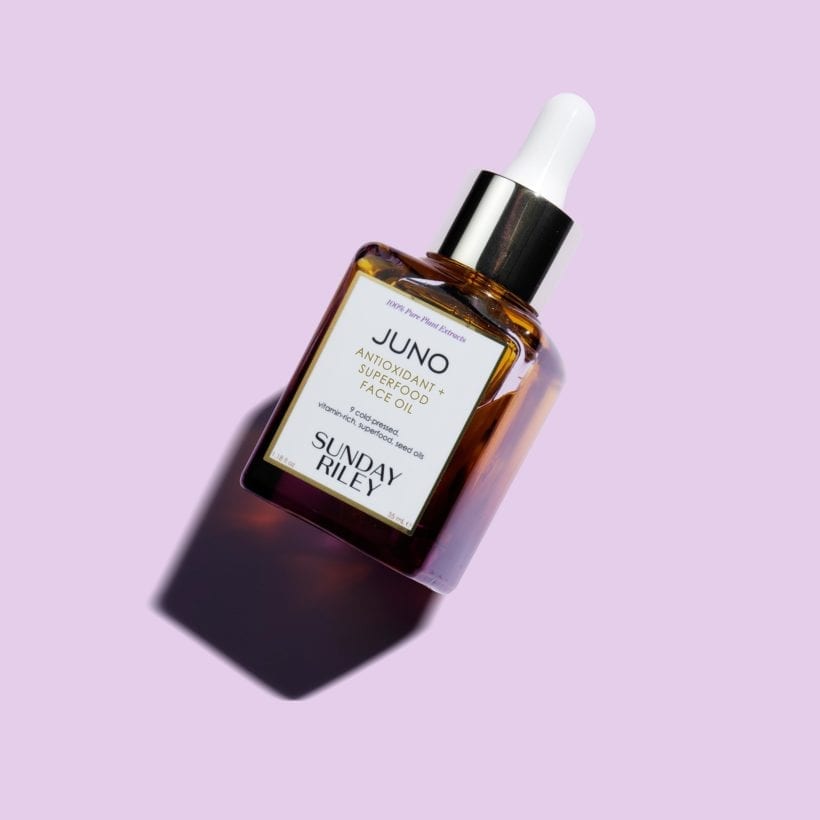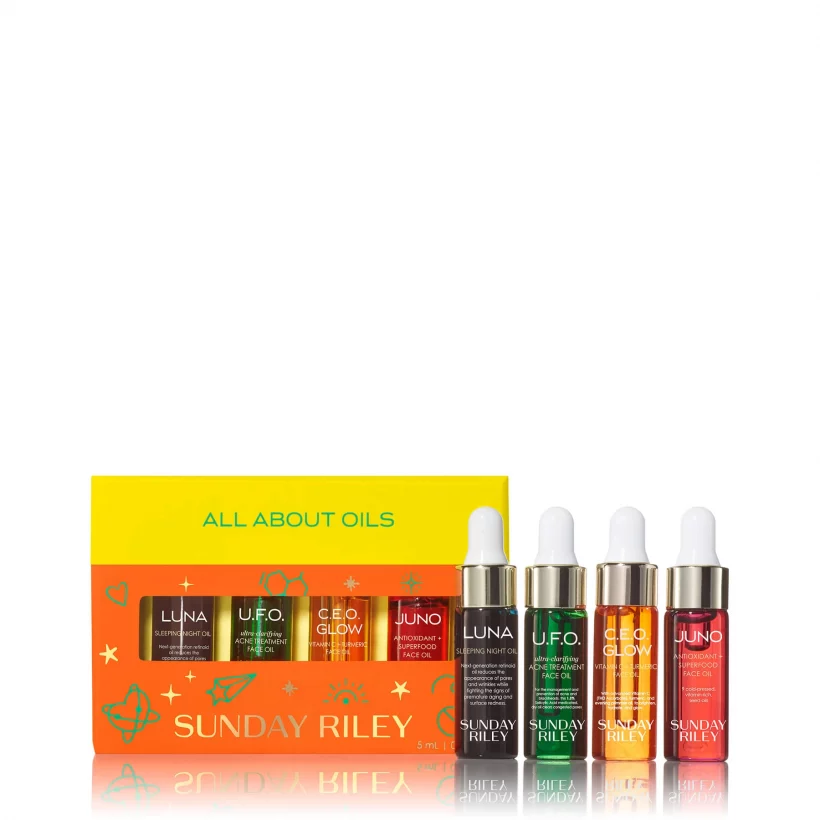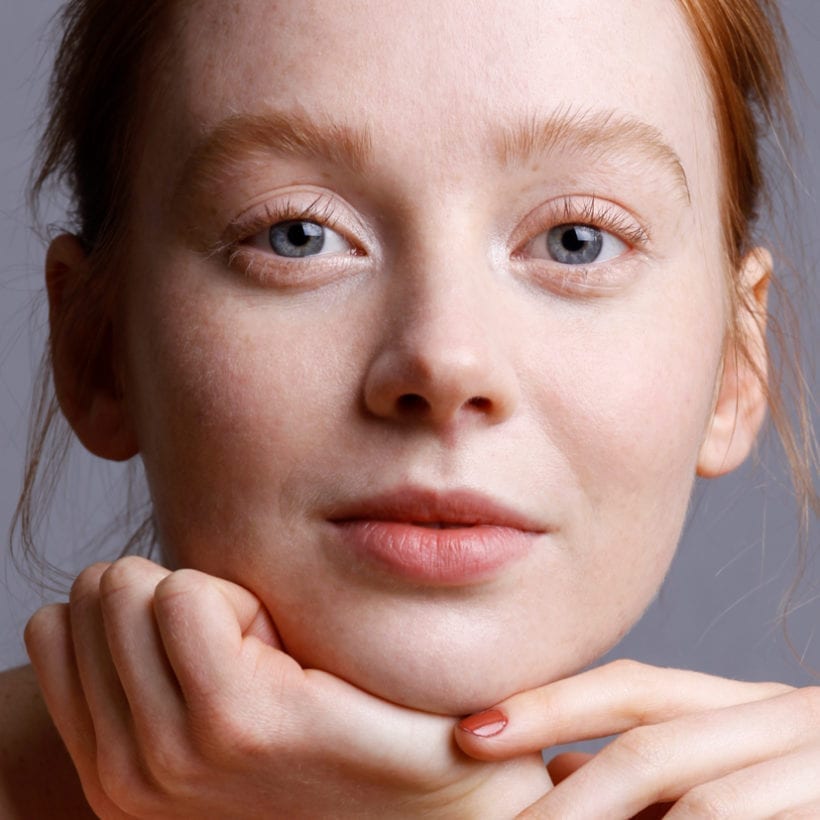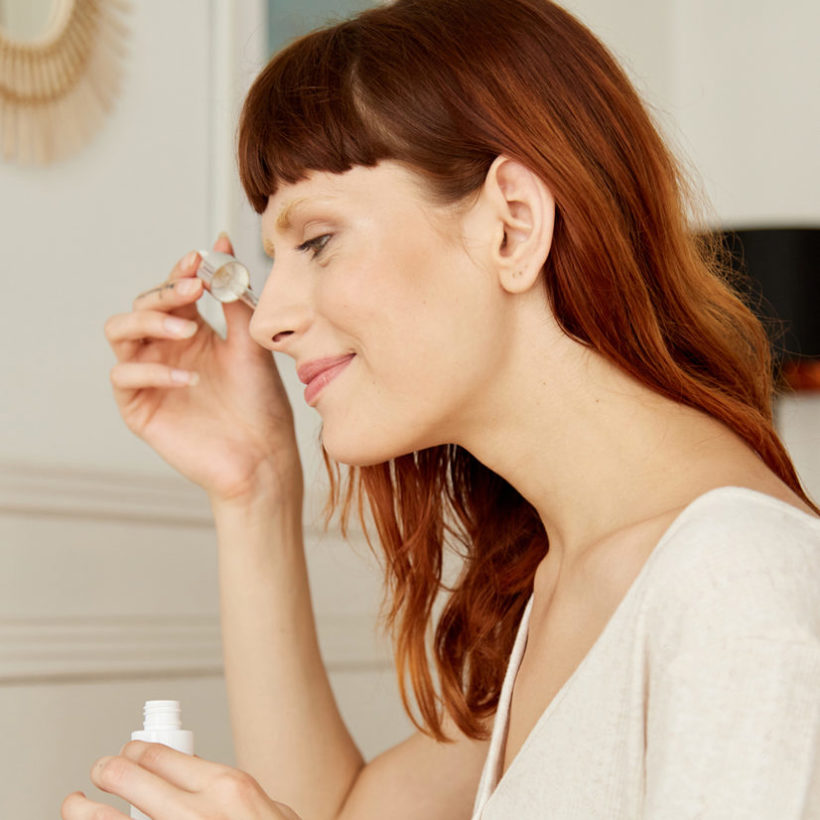In the quest for healthier, clearer skin, there is no one-size-fits-all miracle cure. But red light therapy (RLT) — which you can find in in-office treatments and at-home devices alike — comes pretty damn close.
According to a promising crop of research, red light therapy can tackle multiple skin concerns: acne, wrinkles, wound healing (say goodbye to acne scars), redness, and even hair regrowth. “In practice, the most common use from my perspective would be for acne and potentially anti-aging while the most effective results are likely reducing redness in the skin associated with acne and wounds,” says Erum Ilyas, M.D., a board-certified dermatologist at Schweiger Dermatology Group in King of Prussia, PA.
Meet the Experts
Erum Ilyas, M.D., is a board-certified dermatologist at Schweiger Dermatology Group in King of Prussia, PA.
Taylor Worden is a celebrity esthetician and founder of Taylor Worden Skin in New York.
As someone who suffers from mild acne-scarring and constant rosacea-induced redness, I was intrigued. For the latter, I’ve tried nearly every topical solution available and gotten only negligible improvements. Using an at-home RLT device like the SolaWave wand or a red light mask dangled the promise of something more permanent.
How Does Red Light Therapy Work?
Red light therapy owes its multitasking ability to the effect that red light has on skin at the cellular level. Unlike lasers like IPL, which work by causing “controlled damage” to skin cells to trigger inflammation and subsequent healing in pursuit of better skin, red light therapy works by giving your cells a restorative energy boost, Dr. Ilyas explains. It’s called “photobiomodulation.”
“This is where different components of our cells are activated or respond to different wavelengths of light,” she says. It’s not entirely clear from existing research exactly how this works, but studies point to the stimulation of cells’ mitochondria. “This may help stimulate the production of collagen and other factors that help with skin remodeling,” Dr. Ilyas says. The result is a treatment with no pain, no downtime, and no side effects like the swelling that can come with lasers.
Another major plus: Studies show that RLT is safe for all skin tones. Though there is one small caveat. “All light therapies bear the risk of excess redness and the potential for hyperpigmentation and even blistering after use,” cautions Dr. Ilyas. The dosage, or intensity of the light, is important particularly for darker skin tones, which are more photosensitive. You may want to talk to your dermatologist to make sure the intensity of your RLT is on the lower end of the spectrum so as not to cause hyperpigmentation before diving in.
Red Light Therapy: At-Home vs. In-Office Treatments
Like most treatments, the results you can expect from an at-home device are less dramatic that what you might get with a dermatologist’s professional tools, Dr. Ilyas cautions. Not only do in-office red light therapy devices have a higher light output, red light treatments are often combined with other therapies like microneedling for supercharged results. “The challenge with light therapy tends to be the power of the device and how effective it is at irradiating the skin to penetrate deep enough to have an impact,” she says.
This doesn’t mean at-home RLT devices can’t deliver noticeable results. “The only thing is you need to be consistent,” says Taylor Worden, celebrity esthetician and founder of Taylor Worden Skin in New York.
Masks vs. Wands
There are several at-home red light therapy devices on the market. For my first foray into RLT, I wanted something affordable and ridiculously easy to work into my routine. Worden recommended a wand-style device. “With a wand you can do something else but with the mask you are blinded by the light — they irritate my eyes and leave marks on the face a few hours after,” she says. RLT wands are also incredibly versatile — you can target a specific area or use the wand on other parts of your body like the delicate skin of the décolletage.
Masks can deliver powerful results too, says Dr. Ilyas, but fit is key. “Devices that provide closer access to the light through well-fitted masks that can stay on for a window of time will have a higher potential of gaining some benefit,” she says.
I opted for the SolaWave Advanced Skincare Wand with Red Light Therapy, a snappy little pen-sized wand that comes in under $150. (For the record, Worden loves the Lightstim wand.) The SolaWave offers all the benefits of RLT plus a gentle microcurrent, “therapeutic warming,” and the subtle sculpting benefits that come with facial massage. For just five minutes a day, I could expect to see less redness, wrinkles, and acne in just two weeks. (If you know you’ll struggle to remember to do it daily, Worden recommends three 20-minute sessions per week.)
My SolaWave Verdict
Before I even unboxed my SolaWave, I knew my biggest barrier to seeing skin-changing results would be consistency. I’ve tried and abandoned several microcurrent and facial massage tools over the years. The results just weren’t fast enough or compelling enough for me to get excited about adding an extra five minutes — an eternity when you’re tired! — to my skincare routine at the end of a long day.
The SolaWave is meant to be used much like any other microcurrent or facial sculpting tool. Working in sections — cheeks, forehead, chin, and neck — you sweep the wand upwards and outwards, smoothing your furrowed brow and imagining yourself with Bella Hadid’s otherworldly cheekbones.
What I noticed, and loved, right away was SolaWave’s “therapeutic warming.” The gentle heat was surprisingly relaxing, instantly turning what might have felt like a chore into a calming way to release stress at the end of the day. Add a few drops of your favorite face oil, and you have an instant mini spa treatment.
After my first five-minute SolaWave session, I instantly noticed improved circulation, which “plays a vital role in skin health,” says Dr. Ilyas. Within a week, my skin felt firmer, smoother, and less puffy. An angry hormonal blemish also disappeared in record time. After a few weeks of use (despite my best efforts, I typically only remember to use it 3-4 times a week), my skin definitely feels brighter and notably less dull. But the redness and hyperpigmentation that inspired me to try RLT in the first place remains.
The final verdict: The SolaWave definitely improved my skin — but not as dramatically as I’d hoped.
We only recommend products we have independently researched, tested, and loved. If you purchase a product found through our links, Sunday Edit may earn an affiliate commission.
